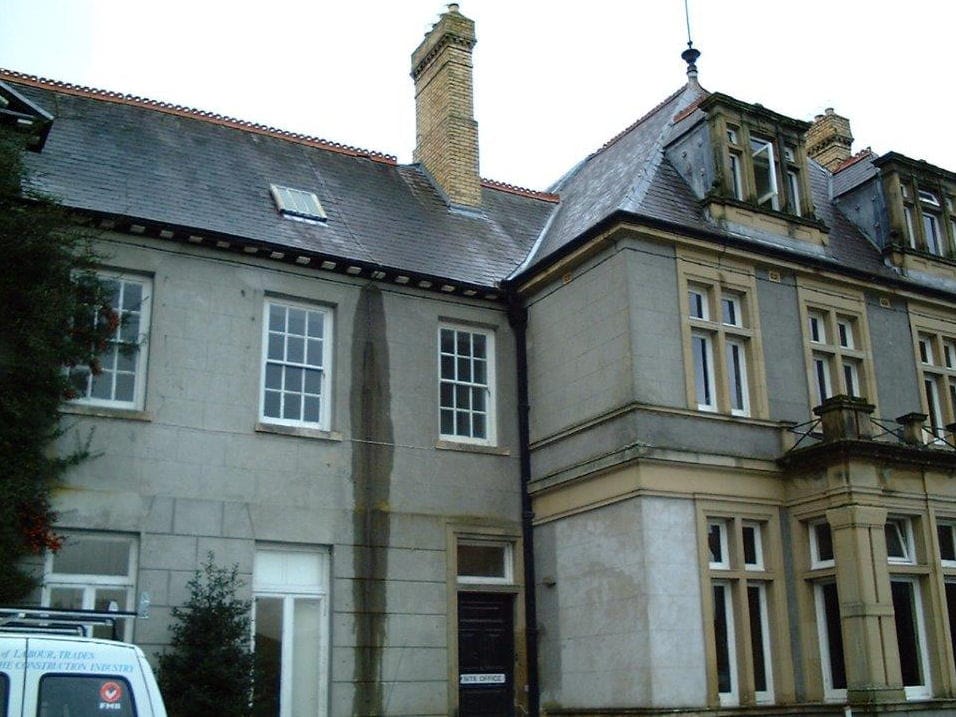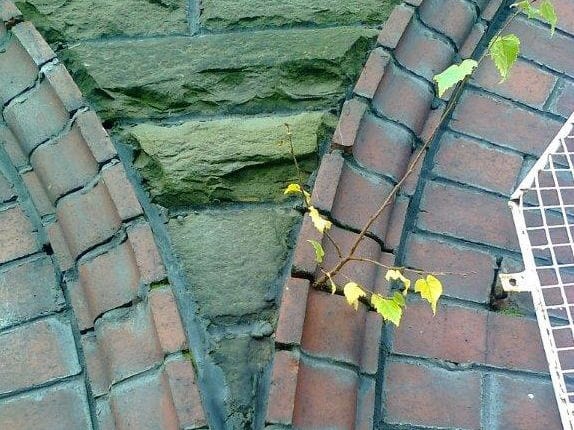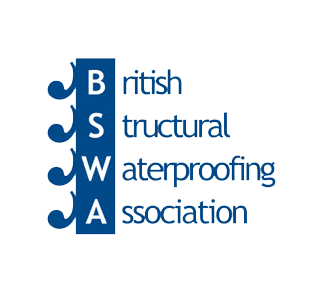Penetrating Damp Specialists
The location and exposure of a building may mean that rainwater is driven to the façade of a building, finding its way into the fabric via cracks and fissures. The porosity of the construction materials used also plays a key role.
The most common forms of rainwater penetration we come across relate to defects in the building and/or lack of maintenance.
Defective roofs, gutters, rainwater pipes, defective workmanship and poor design are all frequent contributory factors. Wall thickness can also play a part, particularly where a single skin construction exists or where solid walls reduce in thickness due to the bearing ends of timbers being buried in the structure. Construction details such as parapet walls, valley gutters, secret gutters, string courses, cornices, window cills, chimneys and flashings are often problematic and lead to free water being introduced to a structure. These defects, if left unattended, are frequently found to be responsible for the fungal attack of building timbers in contact with or adjacent to damp masonry. Virulent attacks of Dry Rot are not uncommon where what may be considered a fairly minor rainwater disposal defect exists.If rainwater that has penetrated a structure cannot readily evaporate and dry out due to the presence of dense materials, such as sand and cement rendering or sand and cement pointing, water is held in the structure for prolonged periods and can cause significant damage. It is not uncommon to find that dense materials have been applied in an effort to combat Penetrating Dampness.Equally, poorly specified and applied masonry water repellents can cause problems and accelerate moisture penetration where more significant and perhaps structural defects may exist. Masonry water repellents should not be considered as a substitute for good maintenance and repair.
External timbers require regular maintenance and will decay quickly in exposed circumstances if not adequately protected. This is particularly evident around timber window frames and around structural timbers of old timber framed properties – see Timber Engineering pages of this site.
Protectahome provide a comprehensive building service and can not only diagnose a defect that is causing Penetrating Damp but we can also carry out all required building works to remedy the problem. In the unfortunate event that a Penetrating Damp problem has led to an attack of Wet Rot or Dry Rot, we can provide a comprehensive service from inspection and diagnosis to building repairs, treatment and final decoration.
Please Contact Us on 0800 055 6966 if you suspect you have a Penetrating Damp problem in your property and our trained and qualified staff will be happy to arrange a visit.











